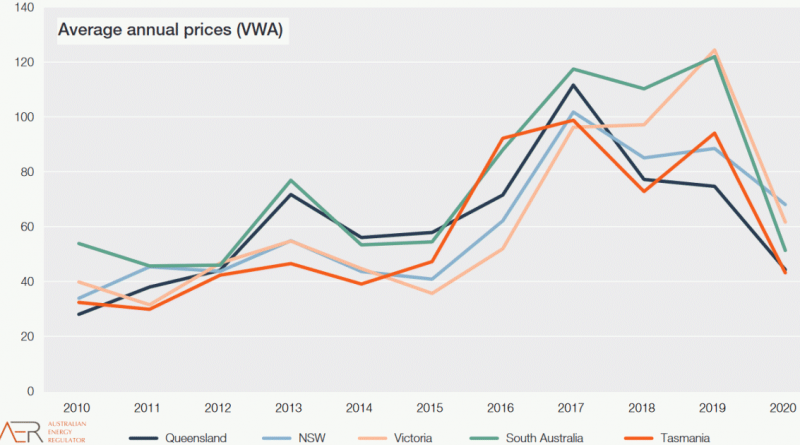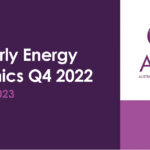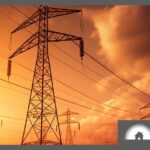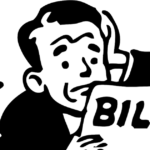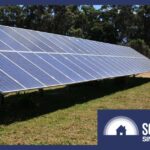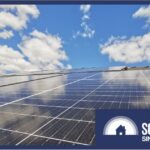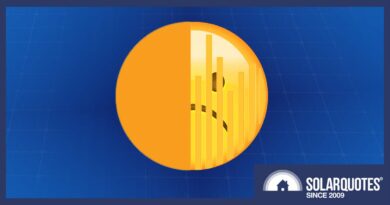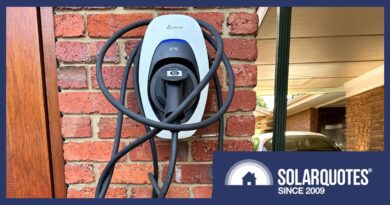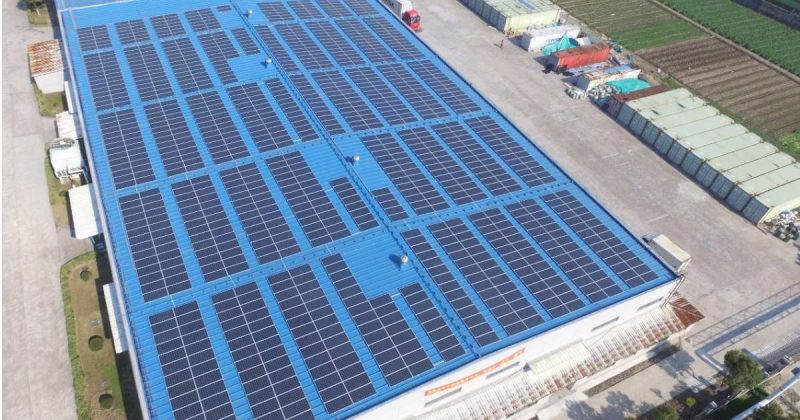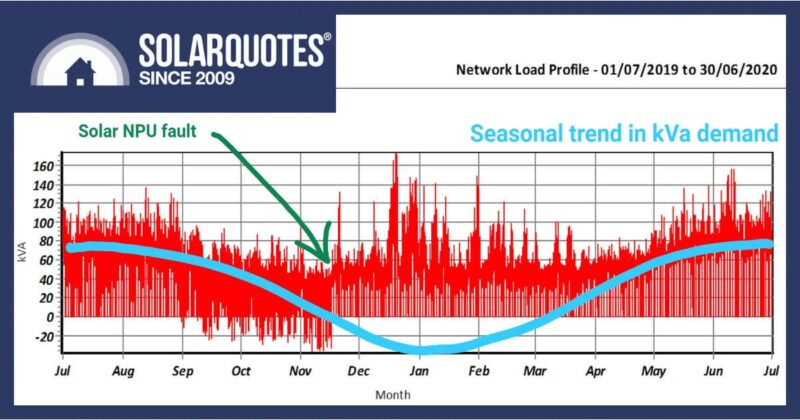Renewables Help Achieve Lowest Wholesale Electricity Prices In Years
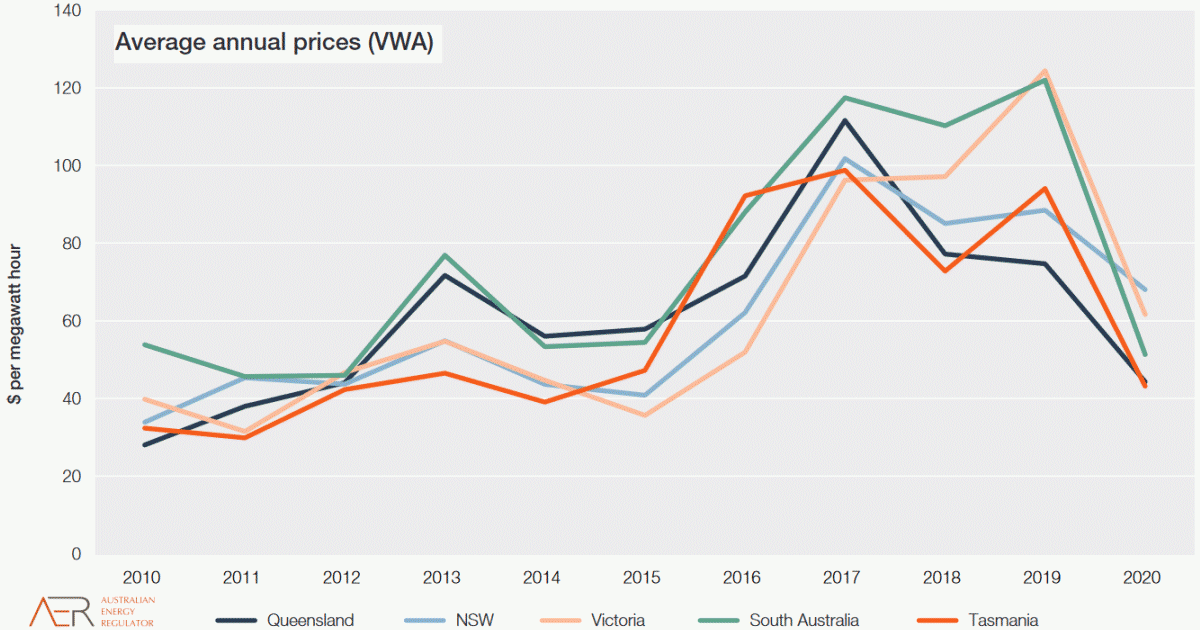
Wholesale electricity prices in the National Electricity Market last year were at their lowest since 2015 says the Australian Energy Regulator.
The AER’s latest Wholesale Markets Quarterly Report looks at the entire year, but with a special focus on the final quarter.
Commenting on the report, AER Chair Clare Savage noted the lowest black coal generation output across the NEM since 2014 was recorded during the quarter. Wind and large scale solar energy facilities represented a record 17 per cent of total National Electricity Market (NEM) output in Q4, which contributed to lower wholesale prices.
Annual wholesale electricity prices were below $70 per megawatt hour (MWh) in all regions, although in the final quarter NSW crept just above:
- Victoria: $40
- New South Wales: $71
- Queensland: $48
- South Australia: $35
- Tasmania: $46
South Australia – where renewables account for 60% of electricity generation – achieved the lowest quarterly price in the NEM since Q1 2012. Take that, Barnaby and Matt.
Ms. Savage also noted record low demand in South Australia and Victoria resulting from mild weather and high levels of rooftop solar electricity generation played a role in lower prices during the quarter. In SA, daily minimum demand fell below the previous record 9 times during Q4.
Lower Electricity Bills, But..
Average 2020 wholesale electricity prices fell by 23% to 58% compared to 2019, although Q4 prices rose in NSW and Queensland.
“We expect these sustained lower wholesale prices to be reflected in retail bills, so households and businesses should pay less for their energy,” said Ms. Savage.
Federal Minister for Energy and Emissions Reduction Angus Taylor was keen to claim credit for the Morrison Government.
While any electricity bill relief is welcome, the wholesale aspect is just one of the seven main components of electricity bills. Still, wholesale costs account for a significant chunk – around 30%.
For solar power system owners, reduced wholesale electricity prices also generally result in lower solar feed in tariffs. As mentioned yesterday, New South Wales’ IPART has already signalled it may reduce the non-mandatory benchmark range for 2021/22.
Lower feed-in tariffs mean solar owners should take note of how they use energy and load-shift where possible to the solar generation window. The retail rate households pay for mains grid electricity is generally much greater than what they receive for solar exports, unless they are still on one of the legacy “premium” feed in tariffs.
On a related note, SQ’s Ronald recently ran the numbers on whether it makes financial sense for those with small systems on the old premium feed in tariffs to forego those high rates and upgrade to a much larger solar system. Here’s what he found.
The full AER Wholesale markets quarterly – Q4 2020 report can be downloaded here.
In December last year, the Australian Electricity Market Commission (AEMC) said it expected residential electricity prices to decrease in 2021-22 and increase in 2022-23, but there will be an overall price fall despite this increase. The 2022-23 increase, which the AEMC said was “by no means certain”, is put down to the closure of the coal-fired clunker Liddell power station while other generation and storage capacity comes into play. If wholesale prices go up, then feed in tariffs may track similarly.
Original Source: https://www.solarquotes.com.au/blog/renewables-wholesale-electricity-mb1886/

